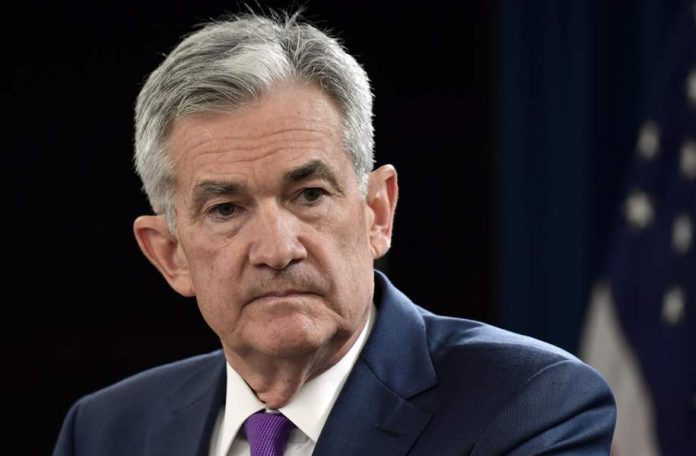Stocks fell slightly this morning in anticipation of a monetary policy update from the Fed, set to be released this afternoon. Fed Chairman Jerome Powell is expected to deliver remarks on the Fed’s ongoing taper following the FOMC’s 2-day December meeting. He may even discuss future rate hikes.
Over the last few days, bulls were clearly worried that Powell would shift more hawkish than expected. But if Powell does accelerate the taper, that doesn’t mean he’s gone totally hawkish just yet.
“Investors remain on a buyers strike in front of the FOMC meeting,” wrote Fundstrat founder and market “mega bull” Tom Lee.
“Tapering is not the ‘hawkish pivot’ that ends bull markets, but it is a hawkish pivot relative to the massive easing since the pandemic started. So we think this buyers strike in front of FOMC could turn into a ‘buy the event.’”
Lee’s right in that, relatively speaking, the Fed remains dovish. If Powell doubles the taper, it would reduce the Fed’s monthly asset purchases by $30 billion instead of $15 billion. That’s not a huge difference considering that the Fed was previously buying $120 billion in assets per month pre-taper.
That’s why an accelerated taper alone won’t crush stocks today. What could do it, however, is a hint from Powell that the Fed’s rate hike timeline has moved forward in response to persistently high inflation.
“While the chairman is not likely to suggest any specific timeframe for when the funds rate will begin to be lifted, he probably will confirm that some members do want to move more quickly than previously announced in raising interest rates,” said Leuthold Group chief strategist Jim Paulsen.
“I would not expect the Fed to say much that is not already anticipated by the financial markets. Some of the recent stock market volatility may lessen after this two-day meeting and its press conference is finally concluded.”
That’s certainly true on Wall Street, where expectations have changed dramatically in recent weeks. Morgan Stanley was the lone holdout, insisting for months that there would be no rate hikes in 2022. Just a few days ago, however, the bank finally capitulated and issued a note to clients predicting a rate hike by September of next year.
On the other end of the spectrum, Goldman Sachs said in a note that the first hike is coming next May, followed by two more in July and November. The bank’s analysts continued, adding that two additional hikes would arrive in 2023 and another two would come in 2024. In total, that’s seven rate hikes over the next three years.
Would the market be able to survive something like that? Probably not. Neither would the US government due to its immense debt load. So, if Goldman’s right, investors should expect some extreme selling as the first hike approaches early next year.
On other hand, if Morgan Stanley’s right, bulls have more time to snag gains through Q1 and Q2. Either way, though, stocks are likely approaching a bear market, the timing of which will come down to the Fed’s specific rate hike schedule – something that will be played very close to the chest until it’s absolutely necessary to raise rates.
Which, if inflation continues to mushroom out of control, could be sooner rather than later.








